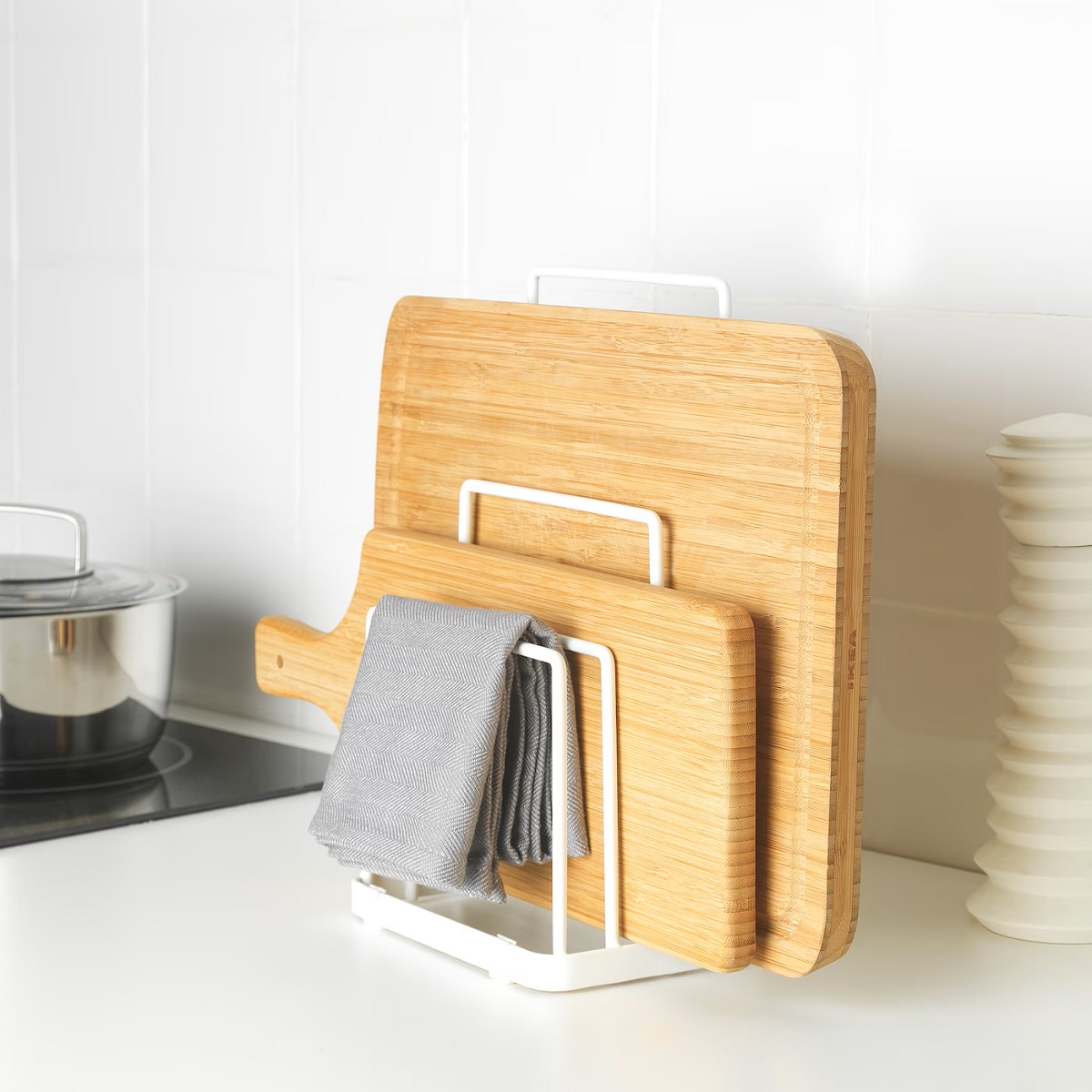

Articles
How To Store Cutting Boards In Kitchen
Modified: February 28, 2024
Learn the best way to store cutting boards in your kitchen with these helpful articles. Organize your space and keep your cutting boards easily accessible.
(Many of the links in this article redirect to a specific reviewed product. Your purchase of these products through affiliate links helps to generate commission for Storables.com, at no extra cost. Learn more)
Introduction
When it comes to efficient and organized kitchen spaces, it’s important to pay attention to the storage of kitchen tools and accessories. One commonly used item in the kitchen is the cutting board. Whether you’re a professional chef or a passionate home cook, having a sturdy and reliable cutting board is essential for prepping ingredients and ensuring a safe cooking experience.
However, the task doesn’t end with just having a great cutting board. It’s equally crucial to store it properly to maintain its quality, cleanliness, and longevity. In this article, we will explore the importance of properly storing cutting boards and provide a range of storage options to help you keep your cutting boards safe and organized.
Key Takeaways:
- Properly storing cutting boards is crucial for hygiene, durability, convenience, and space optimization. Follow general tips and explore various storage options to maintain cleanliness, quality, and longevity of cutting boards.
- Consider vertical, horizontal, wall-mounted, under cabinet, drawer, or customized storage solutions to keep cutting boards organized, easily accessible, and optimized for your kitchen setup. Choose the method that suits your needs for a functional and efficient cooking space.
Read more: How To Store Cutting Board
Importance of Properly Storing Cutting Boards
Properly storing cutting boards is not just about keeping your kitchen tidy; it also plays a significant role in maintaining the quality and cleanliness of your cutting boards. Here are some reasons why it is important to store your cutting boards correctly:
- Hygiene: Storing cutting boards properly helps prevent cross-contamination. By keeping them separate from other kitchen items and storing them in a clean and dry environment, you reduce the risk of bacteria or other contaminants transferring to the cutting board.
- Durability: Cutting boards that are stored improperly are more prone to damage. Stacking them haphazardly or storing them in a cramped space can lead to scratches, warping, and even breakage. By storing your cutting boards in a careful and organized manner, you can prolong their lifespan.
- Convenience: Proper storage of cutting boards makes them easily accessible. When you have a designated spot for your cutting boards, you can quickly grab the one you need without rummaging through cluttered cabinets. This saves time and makes meal preparation more efficient.
- Space Optimization: Storing your cutting boards properly helps maximize your kitchen space. With the right storage solution, you can utilize vertical or under cabinet space that would otherwise go unused. This frees up counter space and keeps your kitchen neat and uncluttered.
By understanding the importance of proper cutting board storage, you can ensure that your cutting boards remain in good condition, your food stays safe and hygienic, and your kitchen remains organized and functional. Now, let’s explore some general tips and a variety of storage options to help you store your cutting boards effectively.
General Tips for Storing Cutting Boards
Before diving into specific storage options, here are some general tips to keep in mind when it comes to storing your cutting boards:
- Clean and Dry: Always ensure that your cutting boards are clean and dry before storing them. Moisture can lead to mold growth or warping of the boards. So, after each use, wash them with warm soapy water, thoroughly dry them, and allow them to air-dry completely before storing.
- Separate from Other Items: To prevent cross-contamination, store your cutting boards separately from other kitchen items, such as utensils or food storage containers. This helps maintain hygiene and reduces the risk of bacteria transfer.
- Avoid Stacking: If possible, avoid stacking cutting boards on top of one another. Stacking can lead to scratching or damage. If you have limited space, consider using a storage solution that allows for vertical or horizontal placement.
- Labeling: If you have multiple cutting boards with different uses, consider labeling them to differentiate between meat, vegetables, or other specific types of food. This can help you avoid cross-contamination and ensure proper food safety.
- Regular Inspection: Periodically inspect your cutting boards for any signs of wear and tear, such as deep knife marks or cracks. If you notice any damage that compromises the integrity of the board, it may be time to replace it.
By following these general tips, you can maintain the cleanliness, quality, and longevity of your cutting boards. Now, let’s explore various storage options that you can consider for storing your cutting boards effectively.
Option 1: Vertical Storage
Vertical storage is a popular and space-saving option for storing cutting boards. It allows you to utilize vertical space and keep your cutting boards easily accessible. Here are a few ideas for vertical cutting board storage:
- Vertical Knife Block: If you have a knife block with slots that are wide enough to accommodate cutting boards, you can store them upright alongside your knives. This keeps your cutting boards within reach while neatly organizing your knives.
- Magazine Holder: Repurpose a magazine holder or file organizer to store cutting boards vertically. Choose a sturdy holder with slots wide enough to fit your cutting boards, and place it on your countertop for easy access.
- Wall-Mounted Rack: Install a wall-mounted rack with vertical slots designed specifically for cutting board storage. This option keeps your cutting boards off the countertop and provides a sleek and organized look to your kitchen.
Vertical storage is an excellent choice if you have limited counter or cabinet space. It allows you to make use of vertical surfaces while keeping your cutting boards readily available for use. Consider these ideas to optimize your kitchen storage and keep your cutting boards organized.
Option 2: Horizontal Storage
Horizontal storage is another practical and efficient way to store your cutting boards. It allows you to stack or lay them flat, making them easily accessible while maximizing your storage space. Here are a few options for horizontal cutting board storage:
- Stackable Organizers: Use stackable cutting board organizers made of materials like plastic or metal. These organizers have multiple slots or compartments that can hold several cutting boards. They can be placed inside cabinets or on countertops, keeping your cutting boards neatly stacked.
- Wire Rack: Install a wire rack inside your cabinet or pantry to hold your cutting boards horizontally. The wire design allows for proper air circulation, preventing moisture buildup. It also provides a versatile storage solution as it can accommodate cutting boards of different sizes.
- Drawer Inserts: Consider using drawer inserts specifically designed for cutting board storage. These inserts feature dividers or compartments that keep cutting boards separated and organized in a horizontal position. Drawer storage keeps your cutting boards hidden and easily accessible.
Horizontal storage is a great option if you prefer to stack your cutting boards or have limited vertical space. It keeps your cutting boards organized and reduces clutter on your countertop or in your cabinets. Explore these suggestions to find the best horizontal storage solution for your kitchen.
To store cutting boards in the kitchen, consider using a vertical storage rack or a designated drawer to keep them organized and easily accessible. This will help save counter space and keep your kitchen tidy.
Option 3: Wall-Mounted Storage
Wall-mounted storage is a creative and efficient solution for storing cutting boards. It utilizes wall space, keeping your cutting boards easily accessible while adding a decorative element to your kitchen. Here are a few ideas for wall-mounted cutting board storage:
- Pegboard Hooks: Install a pegboard on your kitchen wall and use hooks to hang your cutting boards. This versatile storage option allows you to customize the arrangement of your boards and easily swap them out when needed.
- Magnetic Strips: Attach magnetic strips to your kitchen wall and use magnetic knife holders or magnetic strips specifically designed for cutting boards. This keeps your cutting boards securely in place while adding a modern and sleek touch to your kitchen.
- Basket or Shelf: Mount a basket or shelf on the wall to store your cutting boards horizontally. This option provides a convenient storage spot while showcasing your cutting boards as a decorative element in your kitchen.
Wall-mounted storage not only saves countertop or cabinet space but also adds style and functionality to your kitchen. It allows you to display your cutting boards as a part of your kitchen decor while keeping them within reach. Consider these ideas to create a visually appealing and organized wall-mounted cutting board storage solution.
Option 4: Under Cabinet Storage
Utilizing the space under your kitchen cabinets is a clever way to store cutting boards while keeping them hidden and easily accessible. This option maximizes your storage potential without taking up additional counter or wall space. Here are a few ideas for under cabinet cutting board storage:
- Adhesive Hooks: Attach adhesive hooks to the underside of your cabinet and hang your cutting boards vertically. This keeps them neatly stored and out of sight while still allowing for easy access when needed.
- Wire Basket: Install a wire basket under your cabinet to hold your cutting boards horizontally. The open design of the basket allows for air circulation, ensuring that your cutting boards stay dry and free from moisture buildup.
- Sliding Drawer: Consider installing a sliding drawer beneath your cabinet specifically designed for cutting board storage. This option provides a convenient and organized storage solution where you can easily slide out the drawer to retrieve your desired cutting board.
Under cabinet storage is an excellent choice if you prefer keeping your countertops clutter-free and your cutting boards hidden from view. It makes efficient use of space and allows you to maintain a clean and organized kitchen. Explore these ideas to find the perfect under cabinet storage solution for your cutting boards.
Option 5: Drawer Storage
Drawer storage is a practical and convenient option for storing cutting boards. It keeps your cutting boards within reach and neatly organized, while also protecting them from scratches and damage. Here are a few ideas for cutting board storage within your kitchen drawers:
- Divider Inserts: Use drawer divider inserts designed specifically for cutting board storage. These inserts feature compartments or slots that keep your cutting boards separated and prevent them from sliding around. It allows you to store multiple cutting boards of various sizes in one drawer.
- Adjustable Rack: Install an adjustable rack inside your drawer to hold your cutting boards upright. This option allows you to customize the spacing and arrangement of the rack to accommodate different sizes of cutting boards. It keeps your boards secure and easily accessible.
- Vertical Holder: Consider using a vertical holder designed for drawer storage. These holders have slots or grooves to hold your cutting boards in an upright position, maximizing space efficiency and making it easy to grab the board you need.
Drawer storage keeps your cutting boards neatly tucked away, eliminating clutter on your countertops and ensuring a clean and organized kitchen. It offers quick and easy access to your cutting boards whenever you need them. Explore these options to find the best drawer storage solution that suits your kitchen layout and cutting board collection.
Option 6: Customized Storage Solutions
If you’re looking for a unique and personalized approach to storing your cutting boards, customized storage solutions are the way to go. These options can be tailored to fit your specific needs and kitchen layout, ensuring maximum functionality and efficiency. Here are a few ideas for customized cutting board storage:
- Built-in Cutting Board Drawer: If you’re remodeling your kitchen or designing it from scratch, consider incorporating a built-in cutting board drawer into your cabinetry. This dedicated drawer provides a designated spot for your cutting boards, with slots or compartments to keep them organized and secure.
- Pull-out Cutting Board Cabinet: Create a pull-out cabinet dedicated solely to storing cutting boards. This cabinet can be installed as part of your existing cabinet setup or as a separate piece. It allows you to neatly stack your cutting boards and access them easily with a pull-out mechanism.
- Customized Cutting Board Rack: Work with a carpenter or handyman to create a customized cutting board rack that fits perfectly in your kitchen. This rack can incorporate elements like shelves, hooks, or compartments to accommodate your cutting boards and provide a stylish storage solution.
Customized storage solutions offer endless possibilities when it comes to storing your cutting boards. They allow you to optimize your kitchen space and create a storage solution that perfectly suits your needs and preferences. Whether it’s a built-in drawer, pull-out cabinet, or custom-made rack, explore these options to create a unique and efficient storage solution for your cutting boards.
Conclusion
Properly storing your cutting boards is essential for maintaining their quality, cleanliness, and longevity. By following the right storage methods, you can ensure that your cutting boards remain hygienic, accessible, and free from damage.
In this article, we explored various storage options for cutting boards, including vertical storage, horizontal storage, wall-mounted storage, under cabinet storage, drawer storage, and customized solutions. Each option offers its own advantages, and the choice ultimately depends on your kitchen layout and personal preferences.
Remember to clean and dry your cutting boards before storing them, and keep them separate from other kitchen items to prevent cross-contamination. Using appropriate storage solutions ensures that your cutting boards remain in good condition and ready for use whenever you need them.
Whether you opt for a vertical knife block, a wire rack, a wall-mounted system, an under cabinet storage solution, a drawer insert, or a customized rack, the goal is to create a space that keeps your cutting boards organized, easily accessible, and optimized for your kitchen setup.
By implementing proper cutting board storage techniques, you can maintain a clean and well-organized kitchen, reduce clutter on your countertops, and prolong the lifespan of your cutting boards. So, choose the storage method that suits your needs and enjoy a functional and efficient cooking space.
Remember, the key is to find a storage solution that works best for you and fits seamlessly into your kitchen. With the right storage options, you can keep your cutting boards in great shape and make your time in the kitchen more enjoyable.
Frequently Asked Questions about How To Store Cutting Boards In Kitchen
Was this page helpful?
At Storables.com, we guarantee accurate and reliable information. Our content, validated by Expert Board Contributors, is crafted following stringent Editorial Policies. We're committed to providing you with well-researched, expert-backed insights for all your informational needs.
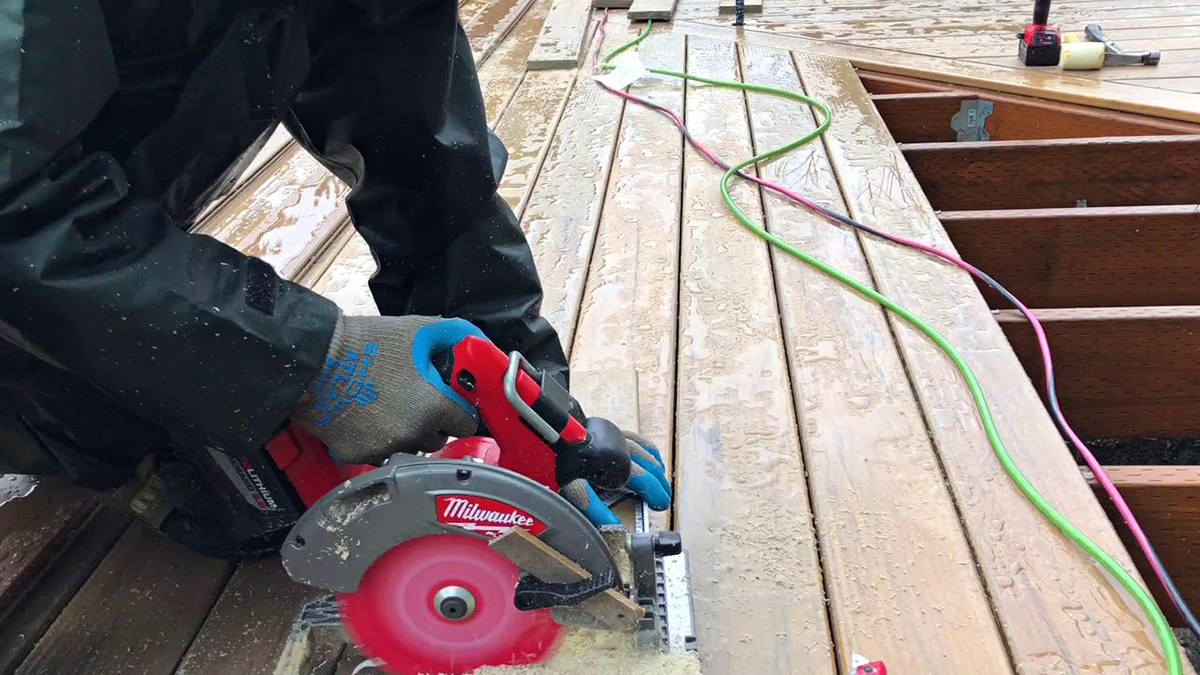
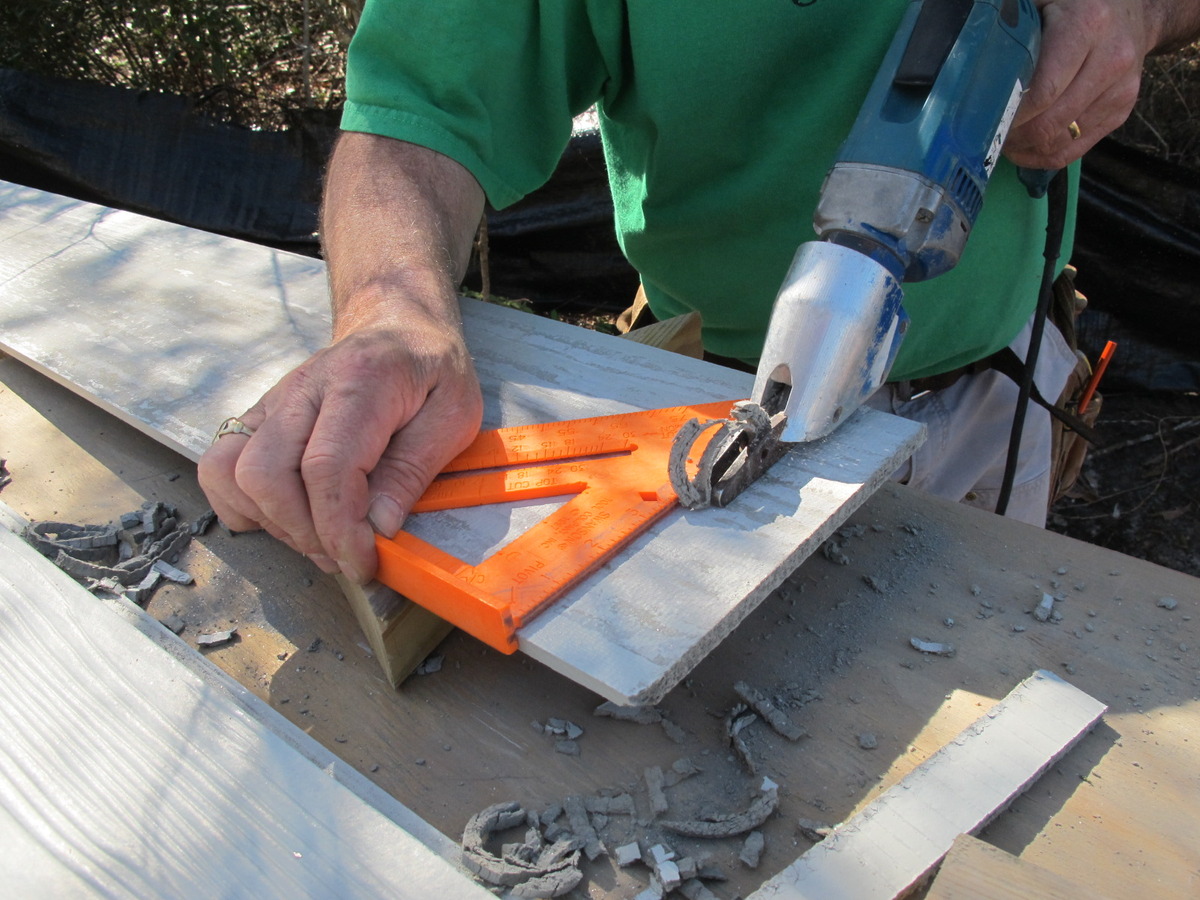
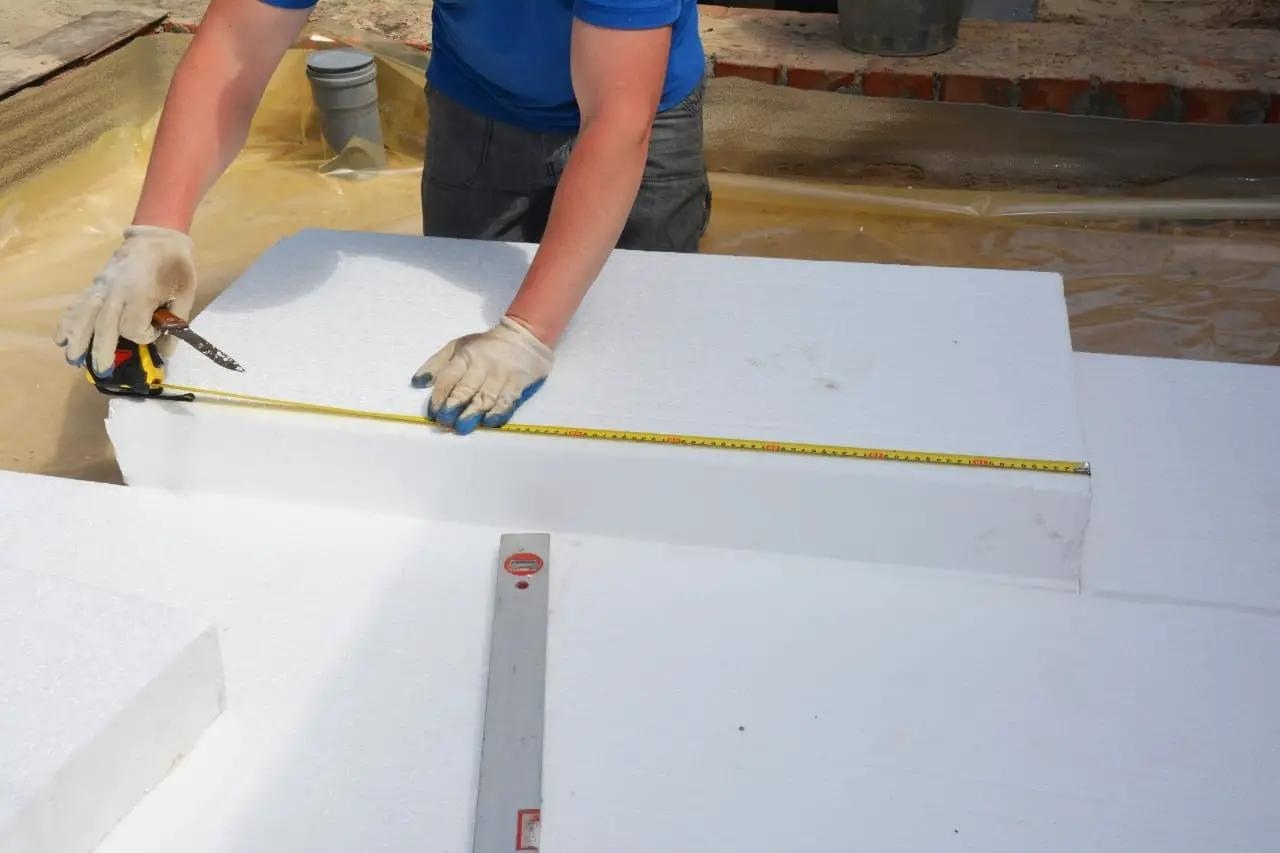
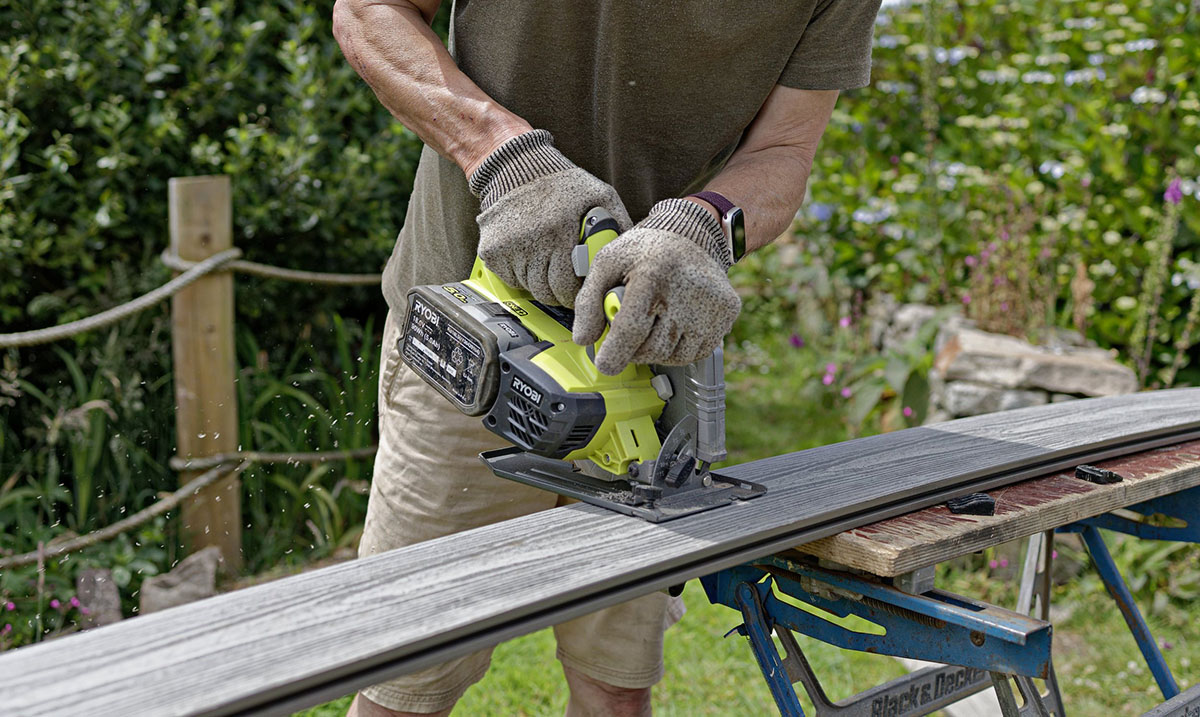
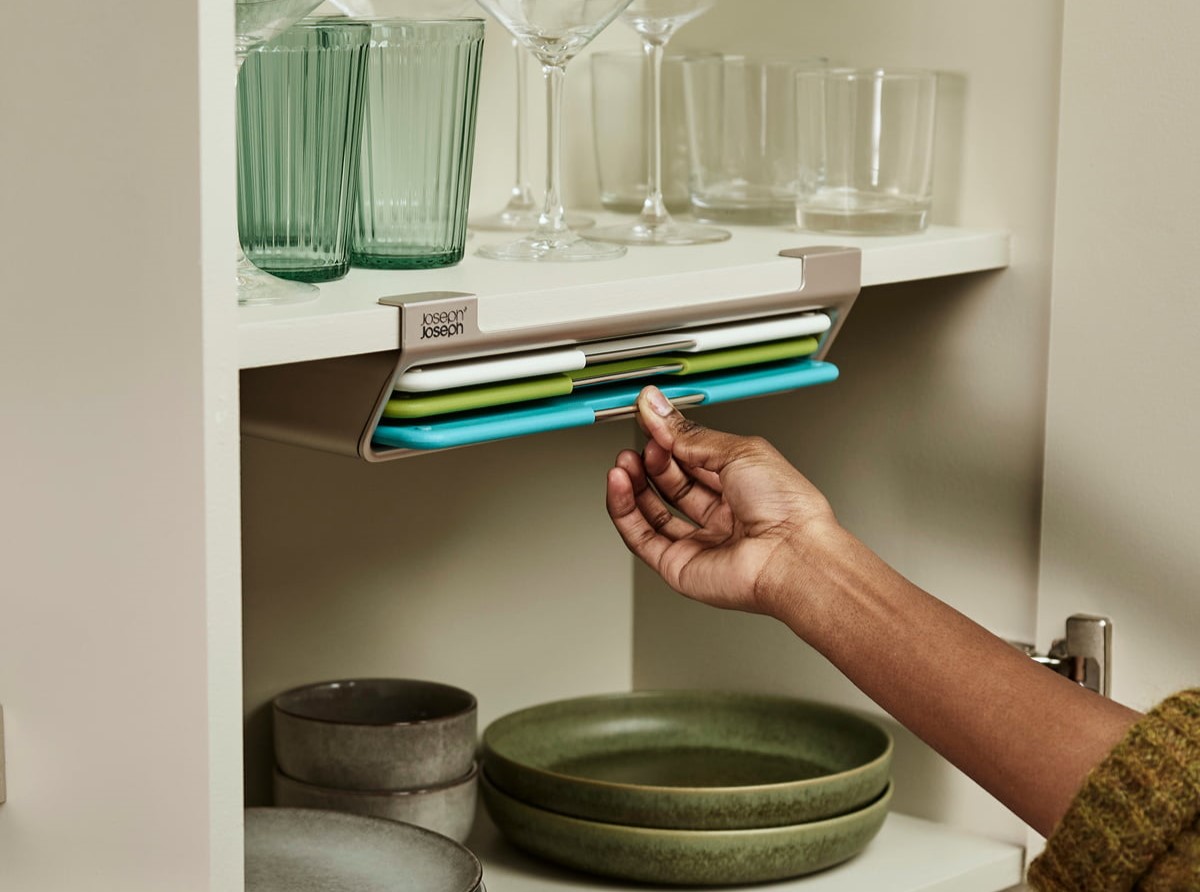
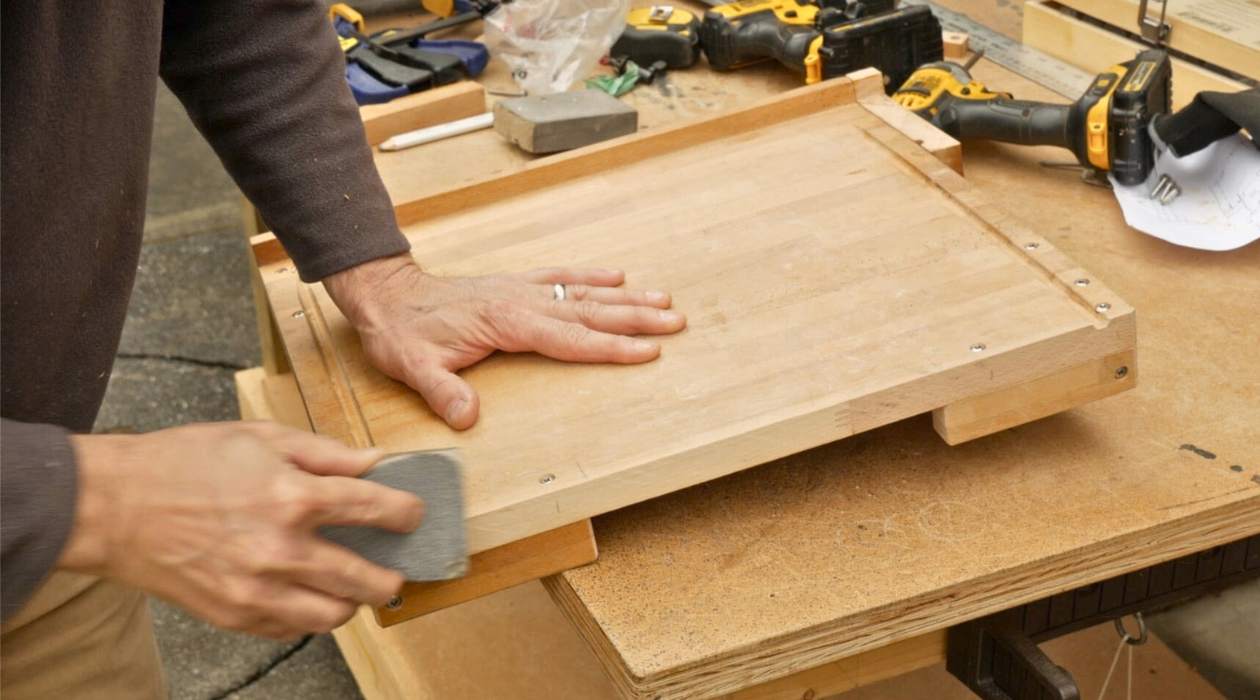
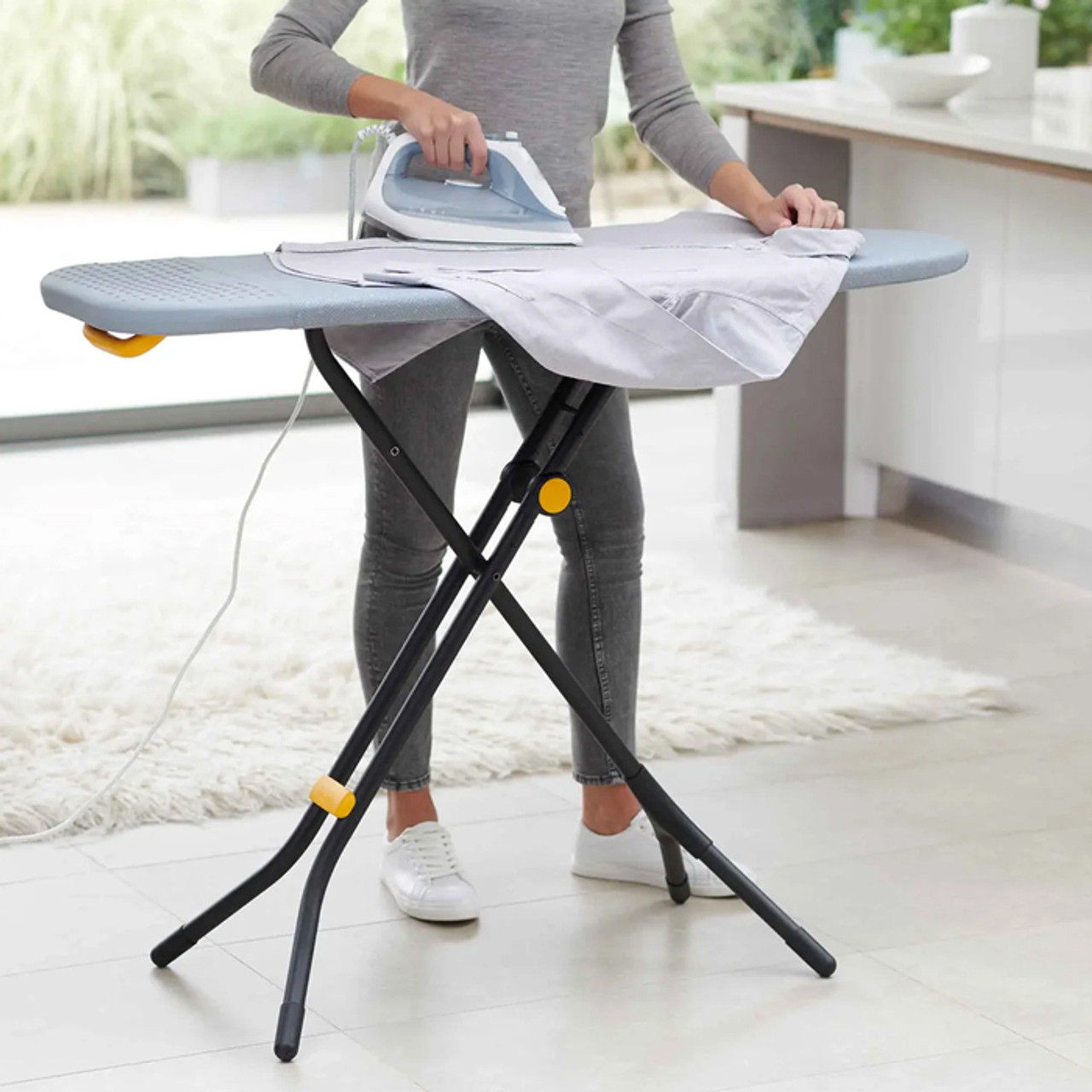


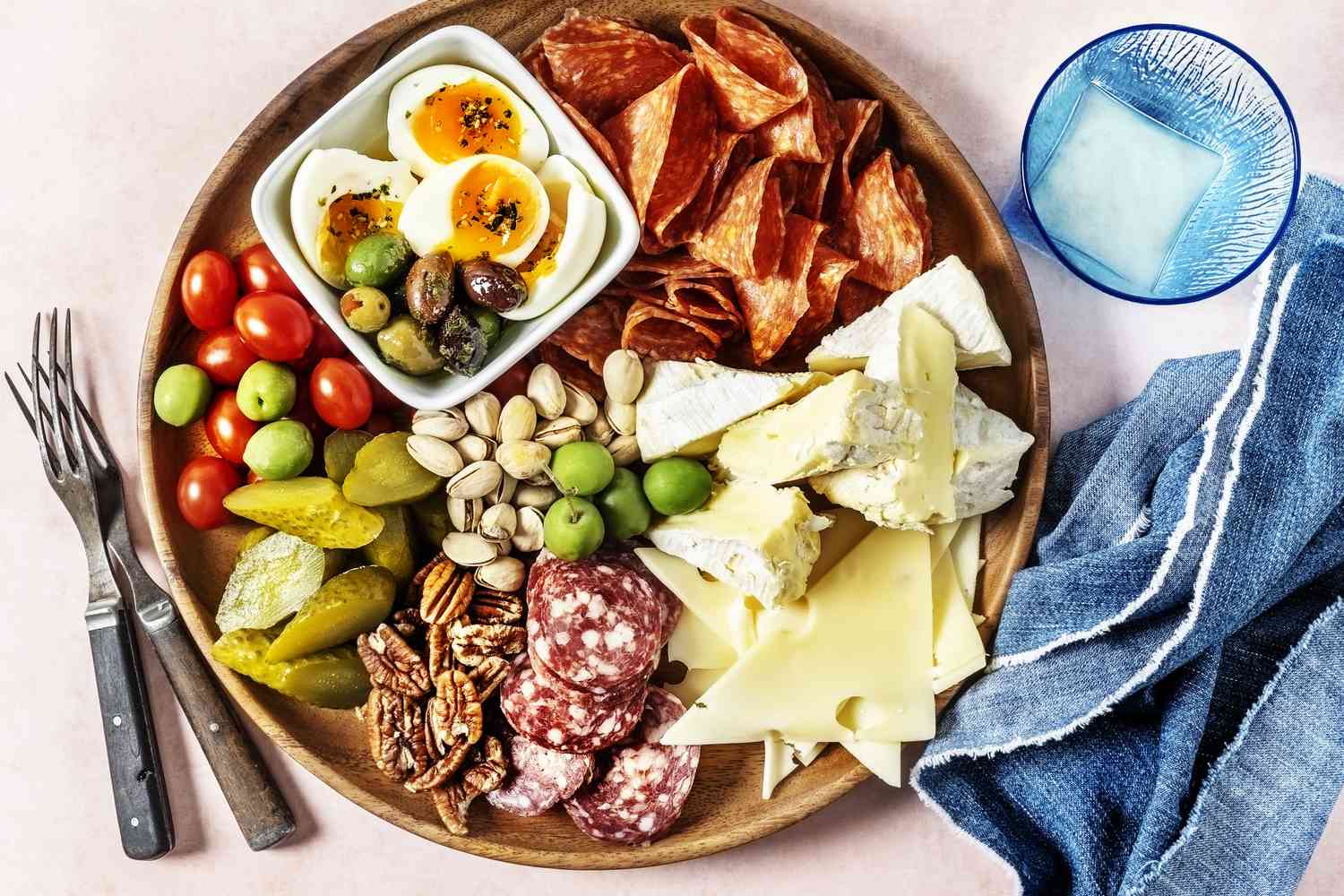
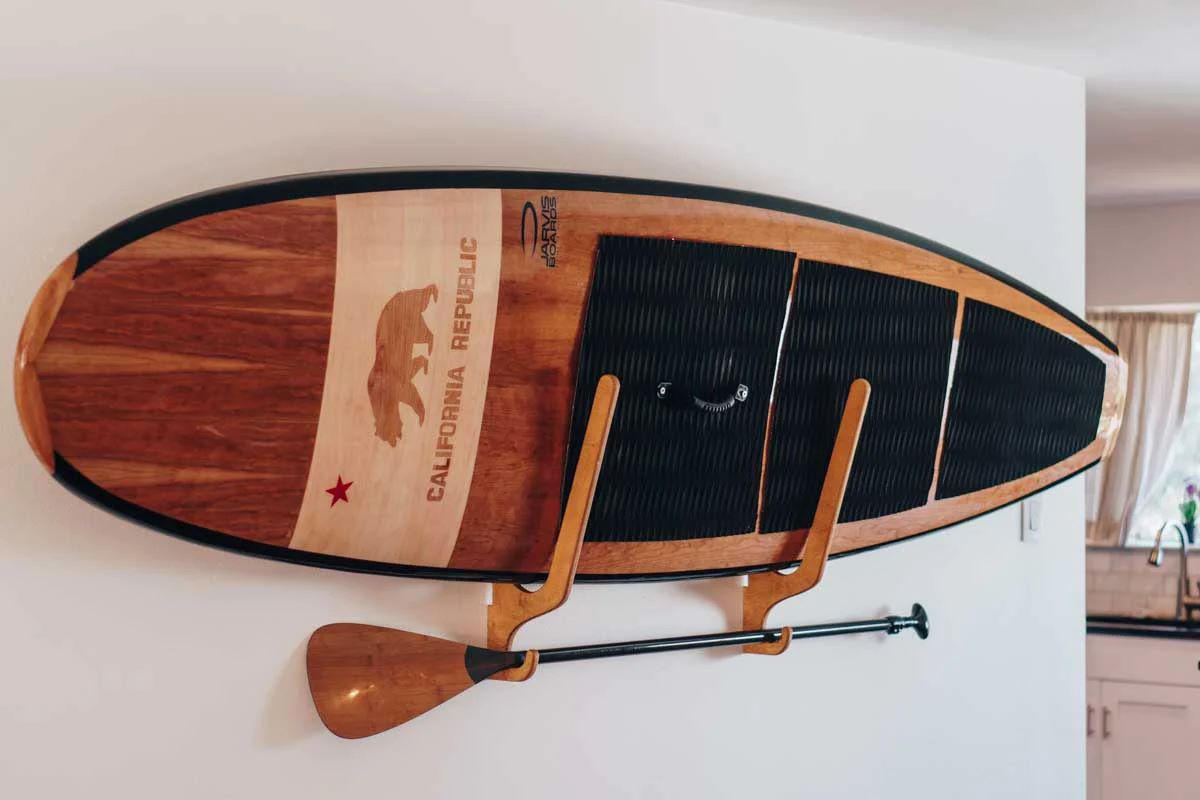

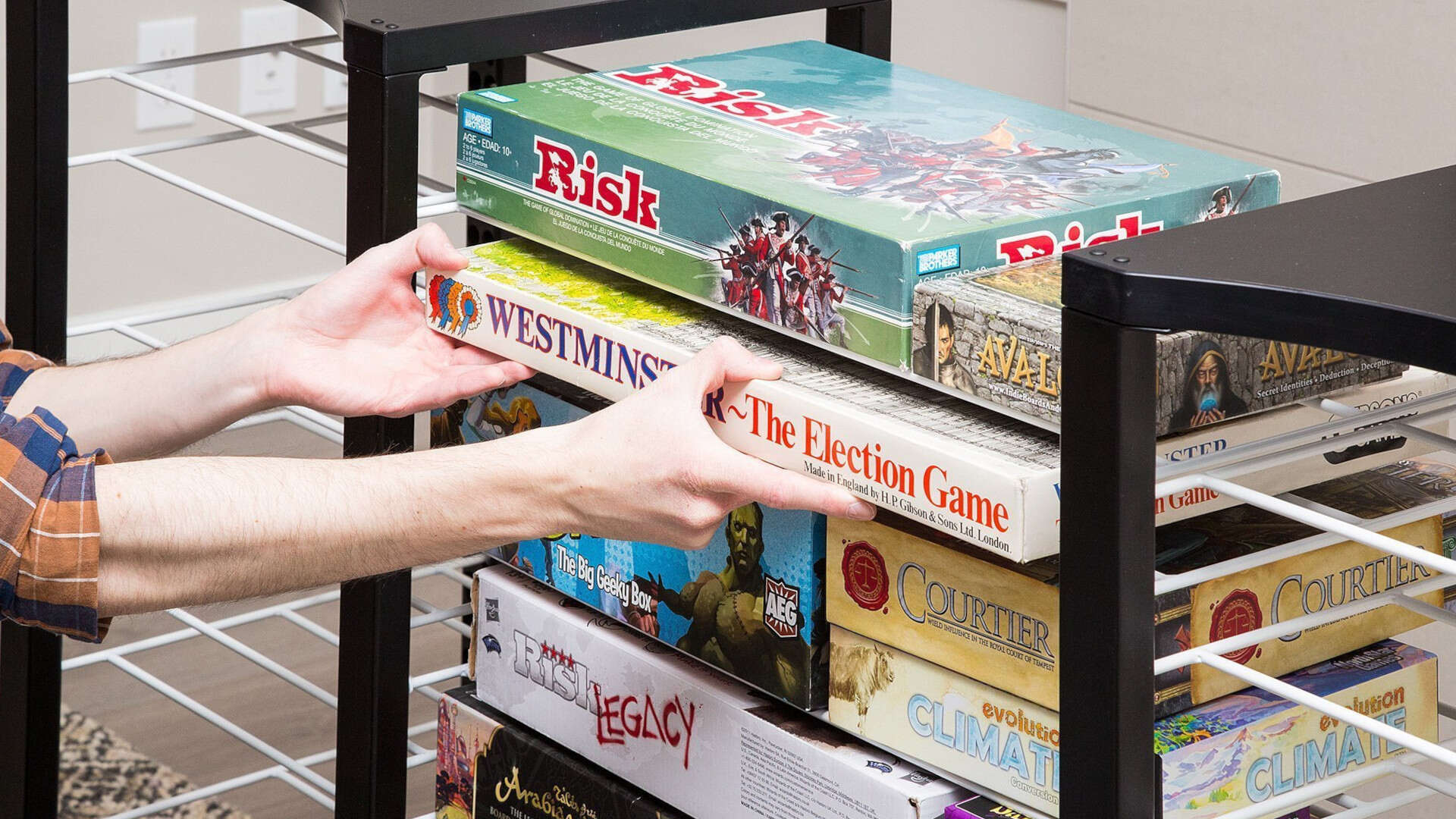

0 thoughts on “How To Store Cutting Boards In Kitchen”